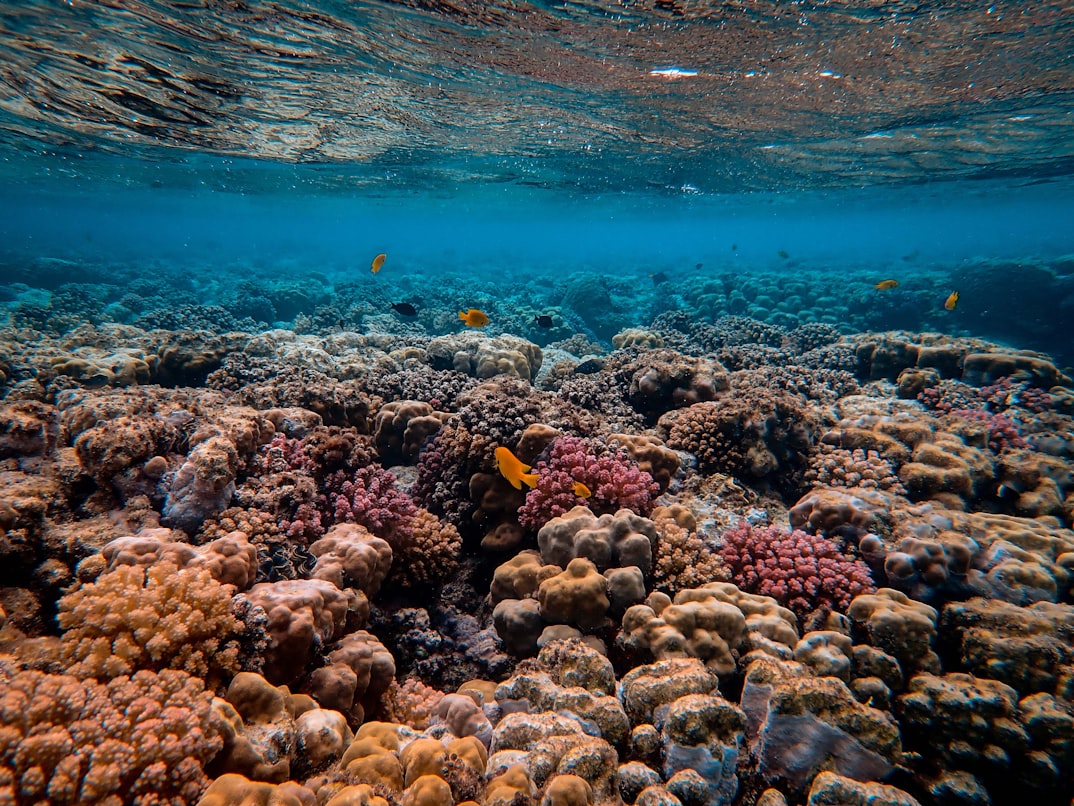Thank you for subscribing!
You will be one of the first to know about the lastest news and promos from MAGWAI.


Marine-friendly formula · Reef-safe ingredients · Upcycled packaging
Over 14,000 tons of sunscreen enter our oceans every year (Zachos & Rosen, 2019).
While that may sound unsurprising and harmless to most, we learned that at least 78 brands of sunscreen contain benzene, a reef-toxic chemical and known carcinogen (Rettner, 2021). Without even knowing it, you could be using sunscreen that’s both harmful to you and our oceans.
MAGWAI believes that it does not have to be that way. Together, we can work toward better sun care solutions, and it all starts with informing our choices.

As a sustainability brand, we care about empowering our consumers to make informed choices on the products they use and buy. As a starting point, we prepared a brief guide to help you understand what is reef-safe sunscreen and decide which sunscreen is the best for you!
REEF-SAFE SUNSCREEN GUIDE
UV Filters
Nanoparticles refers to nano-sized UV filters such as zinc-oxide and titanium oxide. While these chemicals are harmless, they can cause significant and irreversible coral bleaching if such ingredients are nano-sized (Corinaldesi et al., 2018).
Avobenzone (Butyl Methoxydibenzoylmethane) is a common UV filter that has been found in various fish species worldwide, which can lead to possible consequences.
Enzacamene (4-methylbenzylidene) is a derivative used to provide skin protection against UV rays.
Homosalate is a common UV absorber that for health purpose, is limited to less than 10% in a formula by the FDA. It bio-accumulates in the body faster than it can be eliminated and is considered a hormone disruptor.
Octinoxate (Octyl Methoxycinnamate): A common UV filter that has been found in various fish species worldwide, which can lead to possible consequences and can be a direct cause of coral bleaching (Schneider & Lim, 2019). It can also be an endocrine disruptor that can mimic hormones.
Octisalate (Ethylhexyl Salicylate) is a suspected environmental toxin that is used to enhance ingredient absorption into the skin.
Octocrylene: A common UV filter that has been found in various fish species worldwide, which can lead to possible consequences. It is also a known carcinogen that causes dermatitis and is an endocrine disruptor.
Oxybenzone (Benzophenone-3): A common UV filter that can contribute to coral reef bleaching. Although FDA approved and very effective at reducing UV exposure, it is classified as a hazardous eye irritant and slightly hazardous for direct skin contact (Haereticus Environmental Laboratory, n.d.).
Para-aminobenzoic acid (PABA) derivatives such as Ethylhexyl Dimethyl PABA and PEG-25 PABA are banned from the EU due to its apparent ability to damage skin cells under UV light. Prior to this discovery, PABA was commonly used in sunscreen.
Preservatives & additives
Parabens: These include Methyl, Ethyl, Propyl, Butyl and Bentzyl that are used for preservatives and additives used to prevent growth of bacteria, yeast, and molds in shampoos, lotions, and sunscreens. These are known to be toxic to coral reefs and ocean life as they can kill ocean microbes and damage fish nervous systems.
Microplastic beads or microbeads are most commonly used in personal care products as cleansers and exfoliants. However, these pose great threats to the environment as such plastics cannot be totally filtered out before reaching aquatic environments, where wildlife can die from consuming microbeads.
Phthalates or plasticizers are a group of chemicals used to make plastics more durable and flexible. Since they are not chemically bound to products, they can be easily released to the environment (via leaching, evaporation, and migration), thus increasing the risk of exposure for humans and other living organisms.
Tricoslan is a known antibacterial agent that does not easily degrade and tends to accumulate in the environment after going down the drain. The dioxin will continue reacting with other chemicals in waterways and has thus been classified by the European Union as an ingredient that poses long-term adverse effects in aquatic environments.
UV Filters
Non-nano particles or non-nano sized UV filters pose no threats to aquatic life. Non-nano-sized zinc oxide and titanium oxide have become a big part of mineral sunscreen because they are less likely to leave a white film (or white cast) on the skin when applied.
Uncoated zinc oxide and titanium dioxide particles are generally safer for both humans and marine life, it has been safely used in topical skin care products such as calamine lotion for decades.
We put careful thought into the ingredients we use. Our process involves cross-referencing information from the Environmental Working Group (EWG), European Chemicals Agency (ECHA), and the HEL List to determine the safest ingredients for our health and for the environment. Ingredients must be certified by FDA, Ecocert, and or Cosmos.
We are constantly improving our formulations. Currently, we are working in consultation with DOST to develop reef-safe sunscreen that can provide effective UVA/UVB protection.
You will be one of the first to know about the lastest news and promos from MAGWAI.
CONTACT US
We'd love to hear from you!
[wpforms id="1326"]